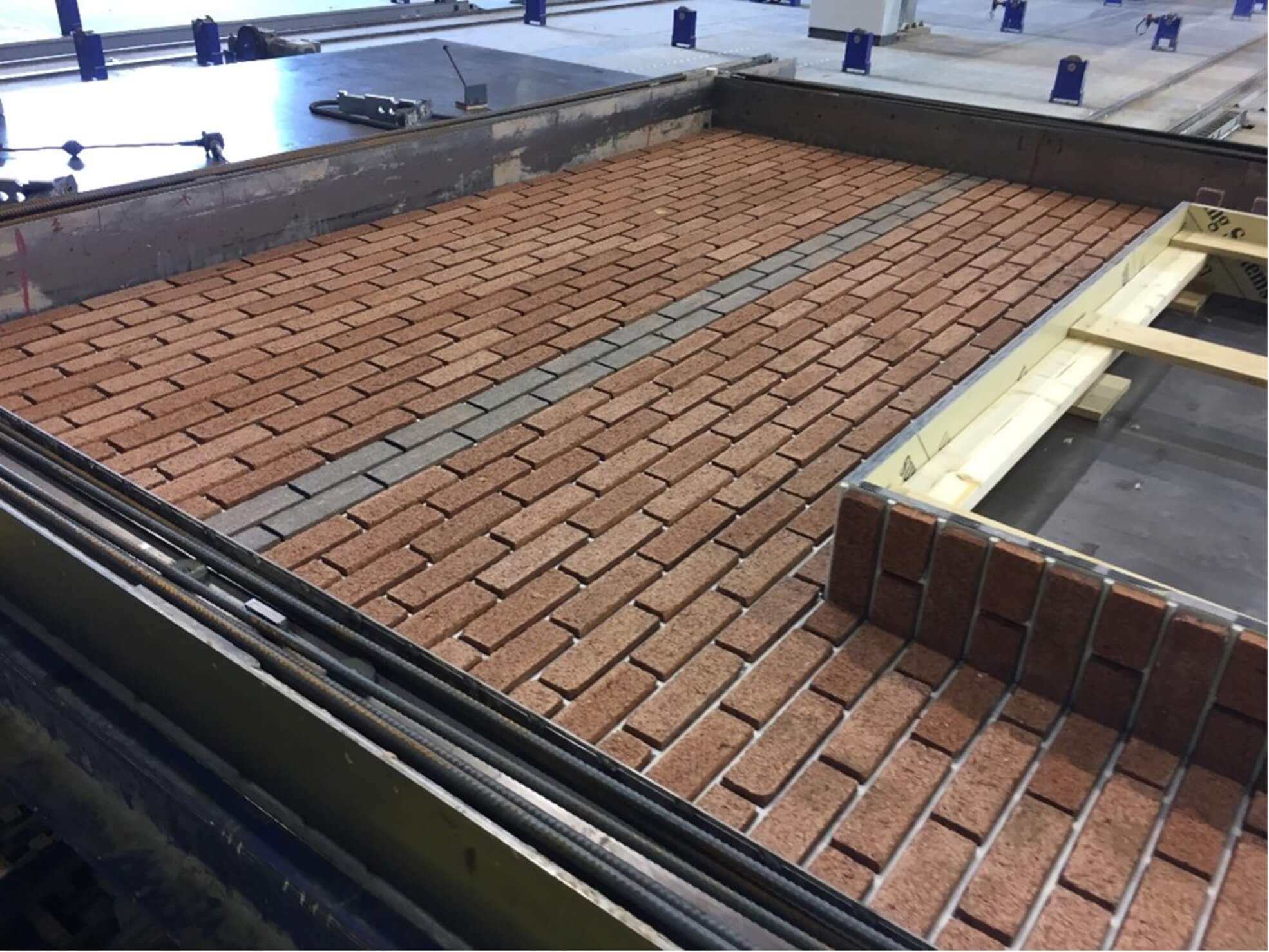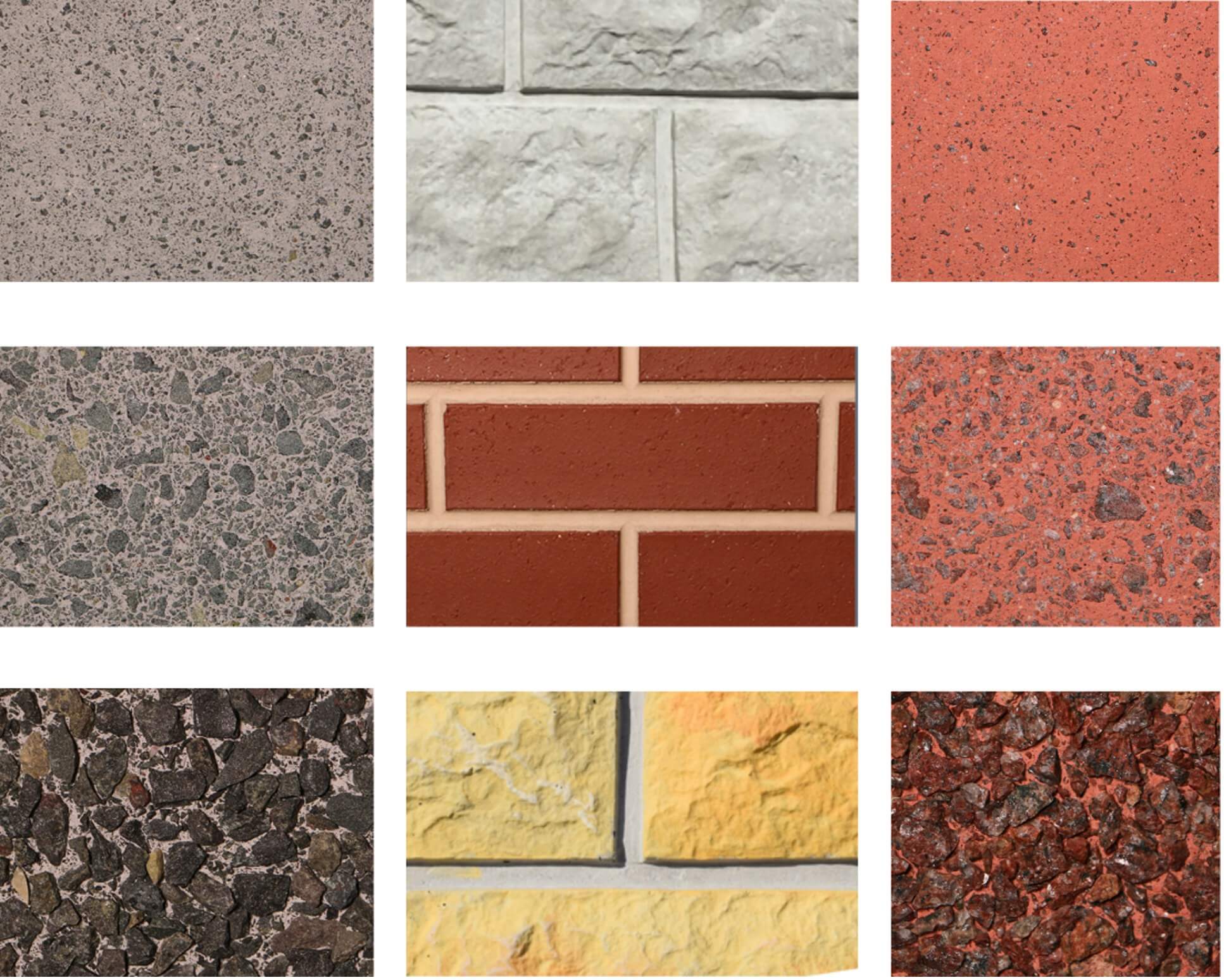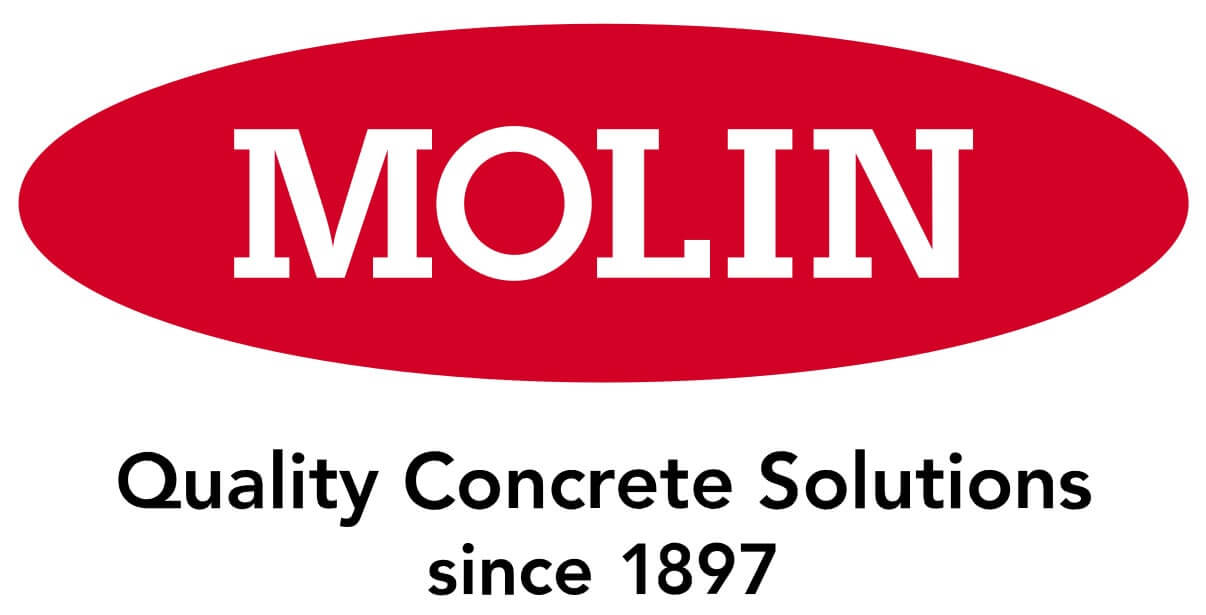Architectural precast concrete offers an impressive array of aesthetic versatility.
Nearly any color, pattern, and texture are possible with architectural precast concrete. The Molin sales team can offer economical and durable solutions to add aesthetics to your building through multiple manufacturing methods, colors, and textures.
Color and texture work in harmony to make the architect or owner’s vision a reality. Concrete textures and colors are predetermined by the architect or owner. You can see example colors and textures here and read how to color concrete here. Precast concrete texture options range from lightly etched to rough water-washed faces. Formliners can be used to closely mimic any aesthetic from cast-in brick to various wood forms.
Concrete textures begin with a mix of aggregates, sands, finishing techniques, formliners, and thin brick products. First, let’s break down why to texture concrete and then explain our process.
The benefits of texturing concrete
There are many reasons why architects and owners choose to texture precast concrete.
Architectural precast concrete wall panels are typically textured to:
- Blend into or stand out from the environment
- Match an existing building
- Mimicking another building material (brick, stone, or wood)
- Display a higher-end appearance
- Meet area codes because some locations have restrictions on exposed, grey concrete
- Show color variations, as a deep surface finish reveals underlying colors
Architectural precast concrete is unique in its ability to mimic building materials used for aesthetic purposes. For example, a common application for architectural precast wall panels is to mimic hand-laid brick. This is accomplished in our plant with brick formliner and cast-in thin brick. The cast-in thin-brick architectural wall panels are manufactured in a PCI-certified plant and can be shipped to the job site even during harsh winter conditions. This helps save time and money by eliminating the need for additional on-site heat for curing. Recently, Molin finished a project with winter conditions that featured a thin brick called the Como Park Animal Hospital. Please enjoy this video outlining the process.
Choosing a concrete texture

It is important to meet with Molin early in the design process. Our sales team can provide valuable advice on best practices and provide lead time input, saving valuable time for the project. In addition, the precast manufacturer can present more economical and efficient manufacturing alternatives.
The architectural precast concrete texture starts with either a specified sample or a meeting with the client to discuss their vision for the project. Next, we make 12”x12” samples for the client, based on their desired texture, and present them. The Molin sales team works with the project architect to ensure that the sample matches the design intent
Meet with us today to discuss texture consideration for your next project.
Molin’s concrete texture process
There are two components to a concrete texture: Formliners and surface treatment.
Formliners come in a variety of shapes, bringing creativity to wall panel aesthetics. This category also includes thin-brick formliners, which are placed in the form before the thin-bricks are set in place. Both thin brick and formliners allow the surface appearance and feel of the concrete to replicate other building materials.
Surface treatment is the other component of concrete texture. Molin applies texture to our precast wall panels in a state-of-the-art surface treatment booth. The process includes a combination of high-pressure water and fine particulate media to expose the fine and large aggregates in the panel.
The longer the panel is sprayed, the more the large aggregates are revealed. This self-contained finishing booth not only provides a safe, enclosed environment for our plant employees but also allows us to recycle and reuse the water used in our process.

The six levels of surface finishes are:
- Lights etch
- Medium
- Heavy
- Light sandblast
- Medium sandblast
- Water washed
Whether the desired aesthetic is a light etch, a sandblast, or an exposed aggregate finish, the design team can rely on a consistent surface treatment throughout the entire project, panel to panel.
For a more in-depth look at different concrete texturing techniques, visit the precast colors, forms, and textures page from Precast Concrete Institute (PCI). You can also view example finishes on the texture guide on Molin’s aesthetic information page.
Please, contact Molin for additional information or to request samples.
